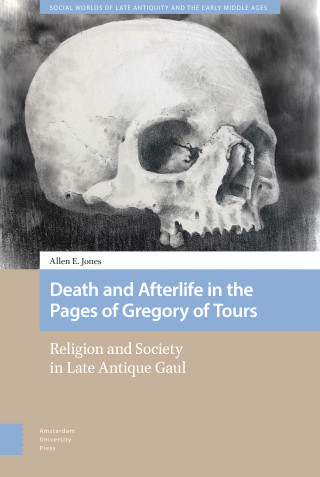
- Series editors
Carlos Machado, University of St. Andrews
Ellen Swift, University of Kent
Enrico Zanini, University of Siena
Lisa Bailey, University of Auckland
Maijastina Kahlos, University of Helsinki
Volker Menze, Central European University- Geographical Scope
- The greater Mediterranean world: Europe, North Africa, and the Near East, as well as Persia, the Arabian peninsula, and Ethiopia.
- Chronological Scope
- 200-800 AD
- Keywords
- Social History, Mediterranean World, Late Roman Empire, Byzantium, Migration Period (Völkerwanderung), Christianity, Judaism, Islam
- Flyer
- Download flyer
Social Worlds of Late Antiquity and the Early Middle Ages
The Late Antiquity experienced profound cultural and social change: the political disintegration of the Roman Empire in the West, contrasted by its continuation and transformation in the East; the arrival of ‘barbarian’ newcomers and the establishment of new polities; a renewed militarisation and Christianisation of society; as well as crucial changes in Judaism and Christianity, together with the emergence of Islam and the end of classical paganism. This series focuses on the resulting diversity within Late Antique society, emphasising cultural connections and exchanges; questions of unity and inclusion, alienation and conflict; and the processes of syncretism and change. By drawing upon a number of disciplines and approaches, this series sheds light on the cultural and social history of Late Antiquity and the greater Mediterranean world.

Hagiography, Historiography, and Identity in Sixth-Century Gaul

The Idea of Rome in Late Antiquity

Urban Developments in Late Antique and Medieval Rome

Christian Divination in Late Antiquity

Human Trafficking in Medieval Europe

Remapping Emergent Islam

Death and Afterlife in the Pages of Gregory of Tours

Masculinity, Identity, and Power Politics in the Age of Justinian

Roman North Africa

Gender, Memory, and Identity in the Roman World

